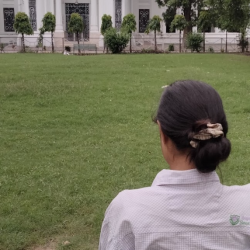
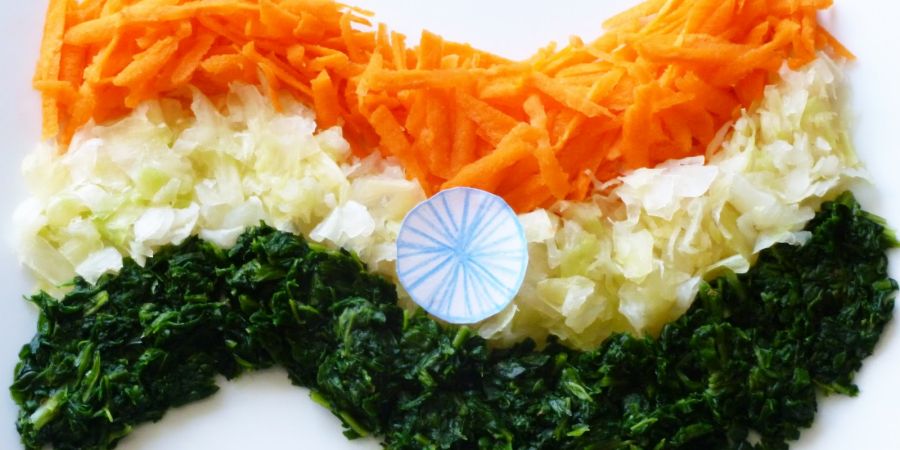
Who says rocket science is needed to think urban planning? All that is needed is common sense.

Urban planning through Madhubani art form developed by women from the region of Mithila in Northern Bihar. A group of women from this village not only talk about the support of nature, but also protect the nature by working with their hands and made with fingers, twigs, brushes, nib-pens and matchsticks.. To save the trees from being cut down, a group of women from northern Bihar have created images of deities like Krishna, Rama, Shiva, Durga, Lakshmi and Saraswati everywhere, Objects like the sun and moon are also widely painted. It is this diversity of themes that makes Madhubani art form an evergreen. so that no one can even touch the trees to destroy them. This has resulted in the preservation of several thousand trees from time to time. Not just trees, they don't talk about any specific plan. Draw with joy of mind.
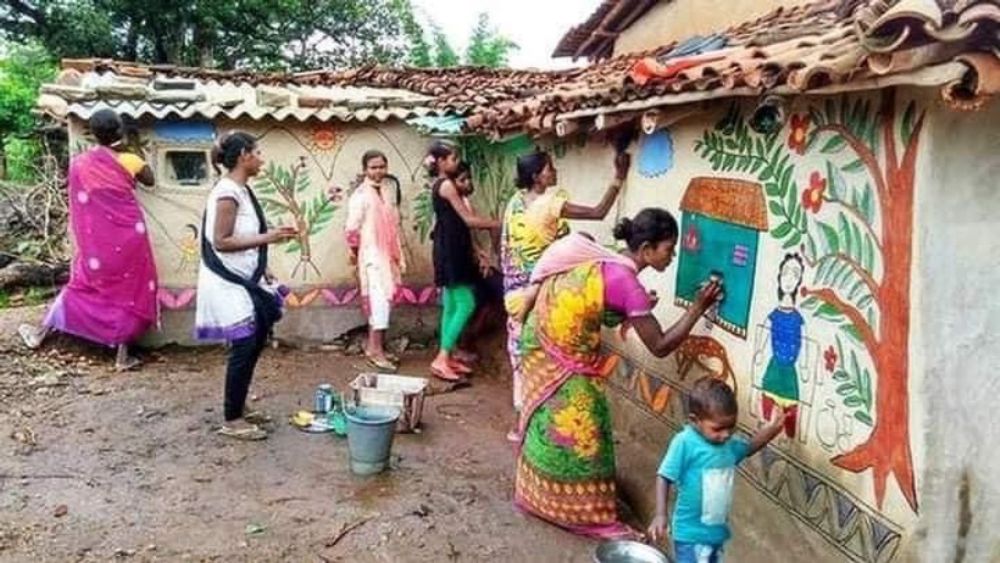
From roads, railway stations to every corner of Madhubani, these women have made the villages so beautiful and so beautiful that it looks like a huge Art Gallery.
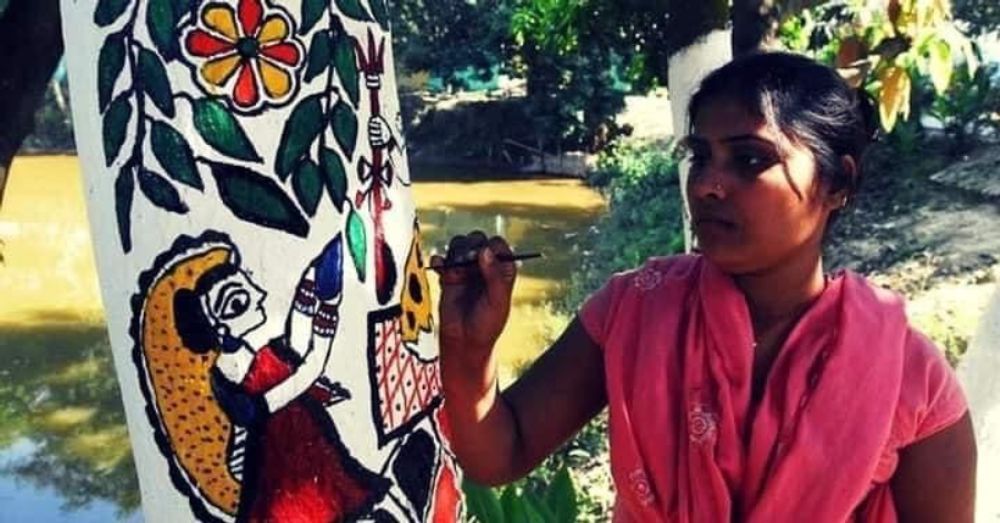
It is believed that the art form originated during the time of Ramayana, when King Janak commissioned artists to paint pictures on the occasion of his daughter Sita’s wedding. Madhubani art form is one of the India's most loved art forms.
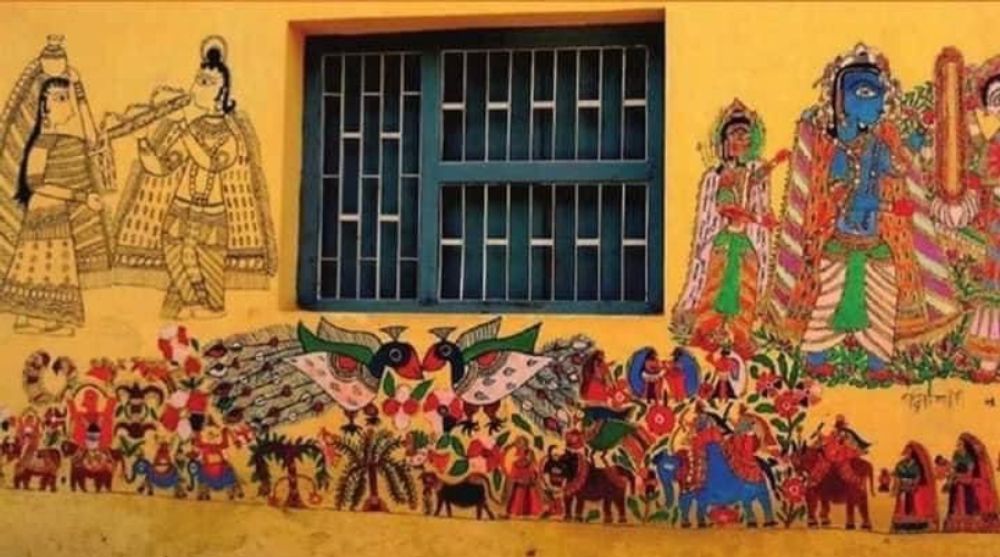
Interestingly, Madhubani art form share common features with thye concept of Feng Shui. Both Feng shui & Madhubani art form manifesting positive energy towards society. Today not only are Madhubani paintings recognized because of their unique abstracts motifs and use of color, they are also recognized worldwide due to the hard work put in by famous artists.
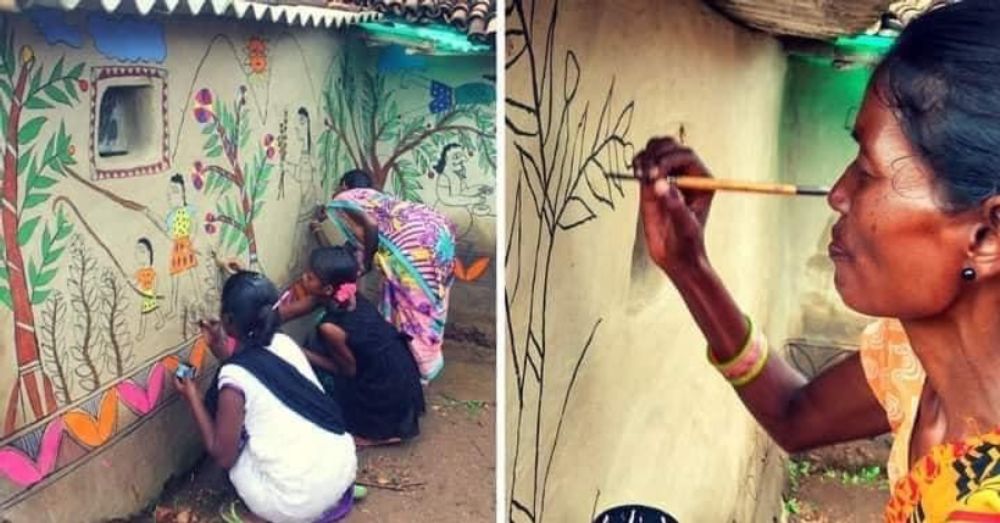
Madhubani style paintings are of 5 forms
Bharni means main subject of the painting is highlighted by deep black outline.
Kachni means paintings made up of 2 colors with an intricate work of lines.
Godhana means paintings made from bamboo pen and lampblack inn.
Tantric means depiction of god and goddesses and religiously influenced theme.
Kohbar means depiction of occasion of marriage made in the homes of the bride and the groom.
Colors were made from various plants, flowers, and organic materials. Bold & catchy colors like red, yellow, green, blue and pink used most extensively. For Bhitti Chitra Madhubani, the paintings was done on wet plastered walls of cow dung or simply whitewash walls.









